The Beautiful World of Roses: Types and Their Characteristics
Categories: Gardening
Roses have captivated human hearts and minds for centuries, offering both aesthetic beauty and deep symbolism across various cultures. Their history can be traced back to ancient civilizations, where roses were revered not only for their stunning appearance but also for their fragrant allure and medicinal properties. In ancient Greece and Rome, roses were associated with love and beauty, often featured in poetry and art, celebrating their role as symbols of romance and passion.
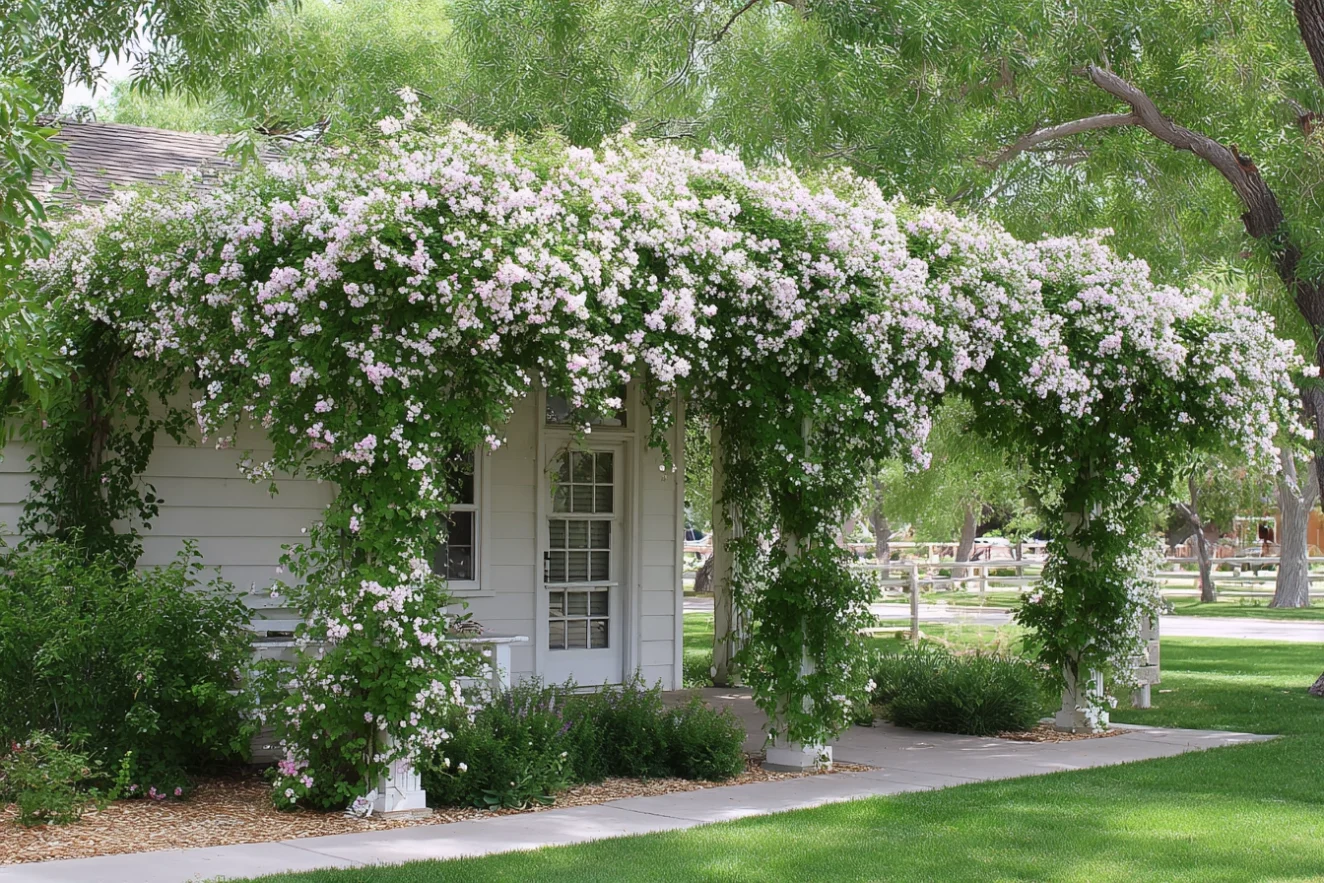
Throughout the ages, different cultures have ascribed various meanings to roses. In Christianity, the rose is often linked to the Virgin Mary, symbolizing purity and divine love. In the language of flowers, known as floriography, specific colors of roses convey distinct emotions—red for love, white for innocence, and yellow for friendship. This multifaceted symbolism has contributed significantly to the rose’s popularity in floral arrangements and special occasions.
In addition to their symbolic value, roses have been utilized for their medicinal properties since ancient times. The petals and hips of certain species have been used to treat various ailments, and the essential oils extracted from roses are renowned for their therapeutic qualities. The versatility of roses extends beyond their visual and aromatic appeal, leading to their integration into herbal remedies and skincare products.
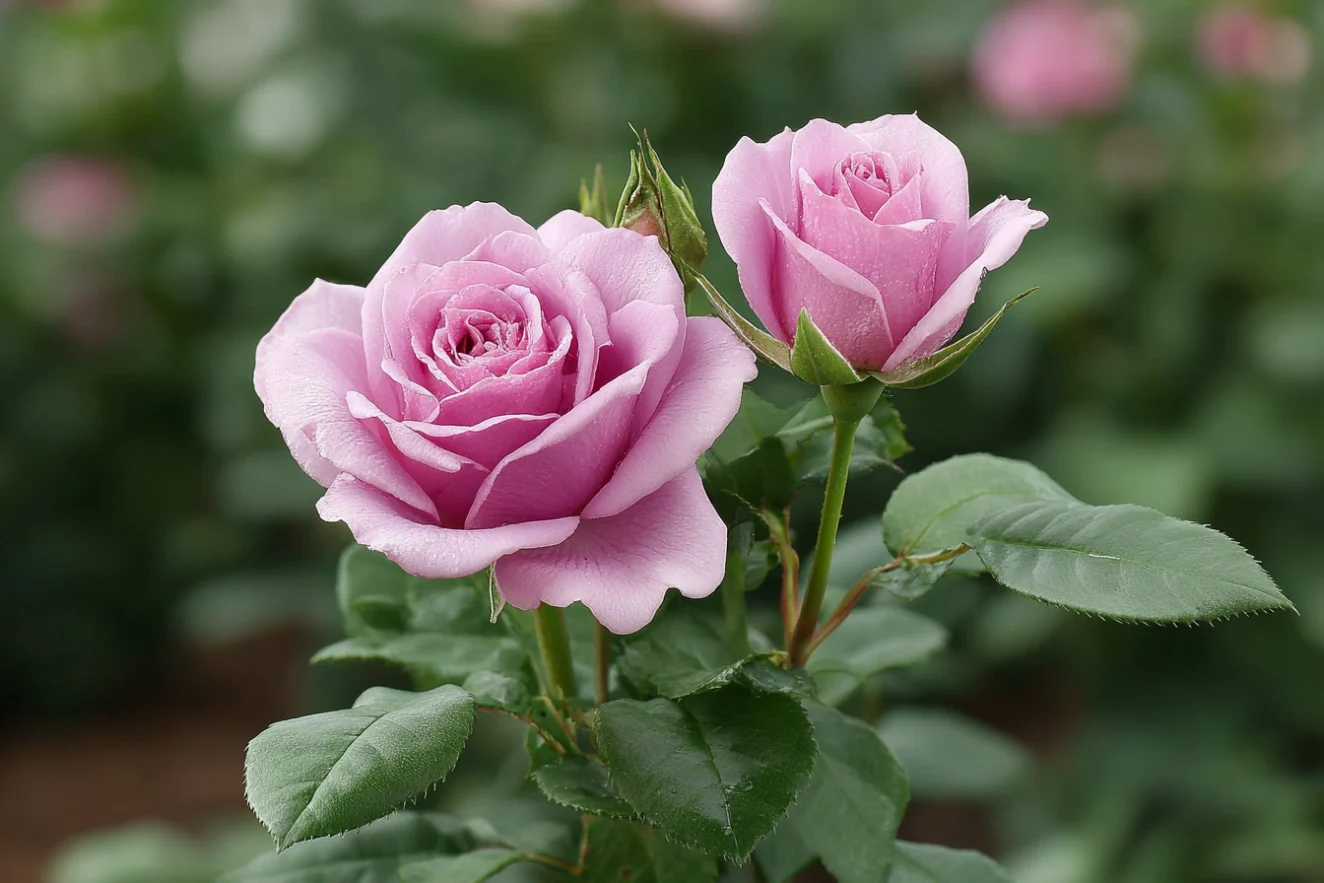
As gardening enthusiasts sought to cultivate beauty and evoke emotions in their outdoor spaces, roses emerged as a staple in gardens worldwide. With their vast array of colors, shapes, and sizes, these magnificent flowers provide endless creative opportunities for gardeners. Their resilience and ability to adapt to different environments have solidified their status as one of the most beloved flowers globally. Roses continue to enchant people with their elegance, multifaceted meanings, and the joy they bring into our lives.
Roses are a symbol of beauty and romance, cherished by many for their diverse varieties and enchanting blossom. Among the popular types, the Hybrid Tea rose stands out for its large blooms and elegant shape. Typically, these roses exhibit a classic long stem, making them ideal for cutting and displaying in vases. Hybrid Tea roses come in an array of colors, from deep reds to soft pastels, and are celebrated for their delightful fragrance. They thrive best in well-drained soil with ample sunlight, requiring regular pruning to encourage growth.
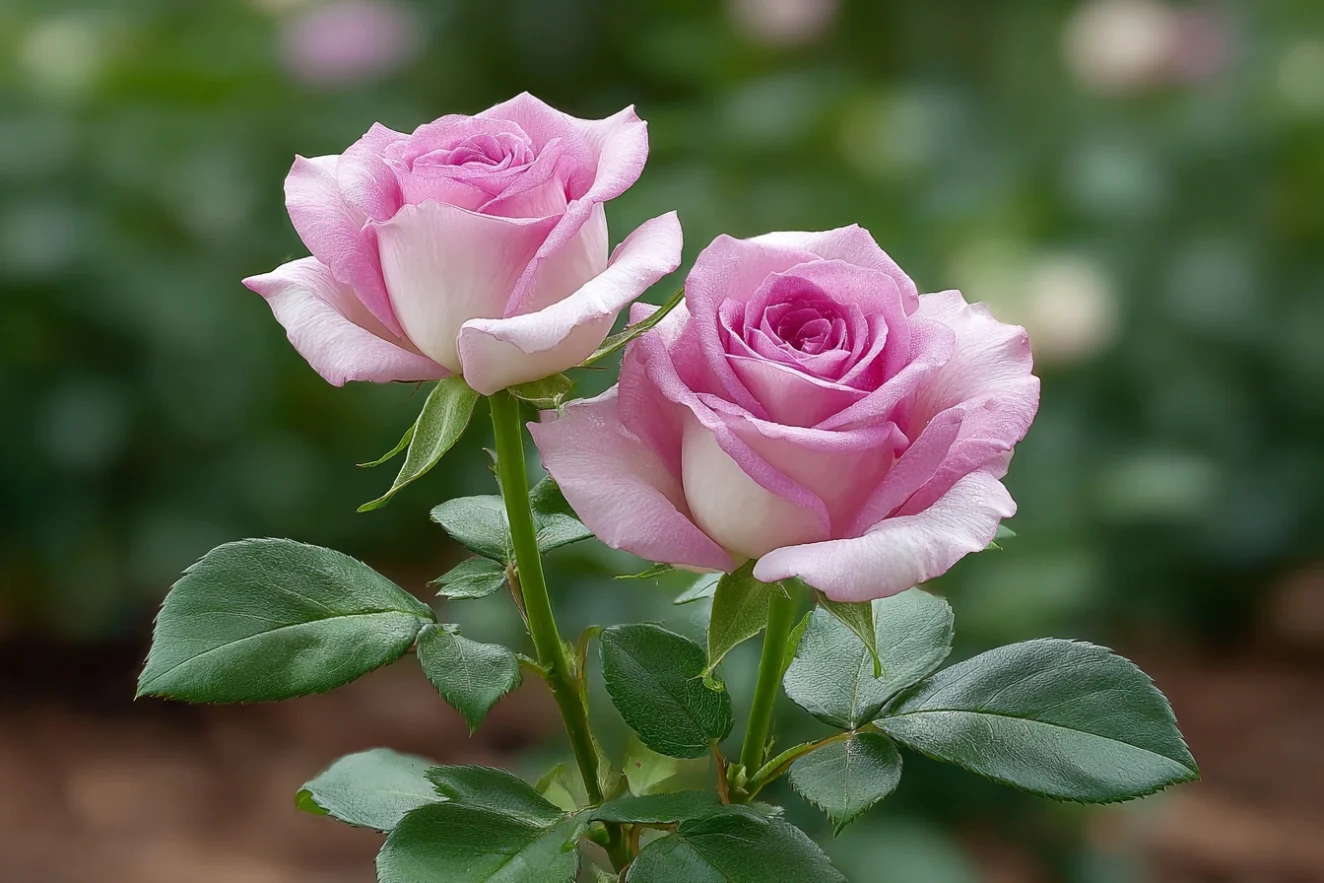
Another widely adored type is the Floribunda rose. Known for their bushy appearance, Floribundas produce clusters of smaller but abundant blooms, making them perfect for garden beds and borders. Their resilient nature allows them to bloom from spring through the first frost, and they come in numerous colors, often with vibrant patterns. For optimal growth, Floribunda roses prefer slightly acidic soil and benefit from being protected from harsh winds.
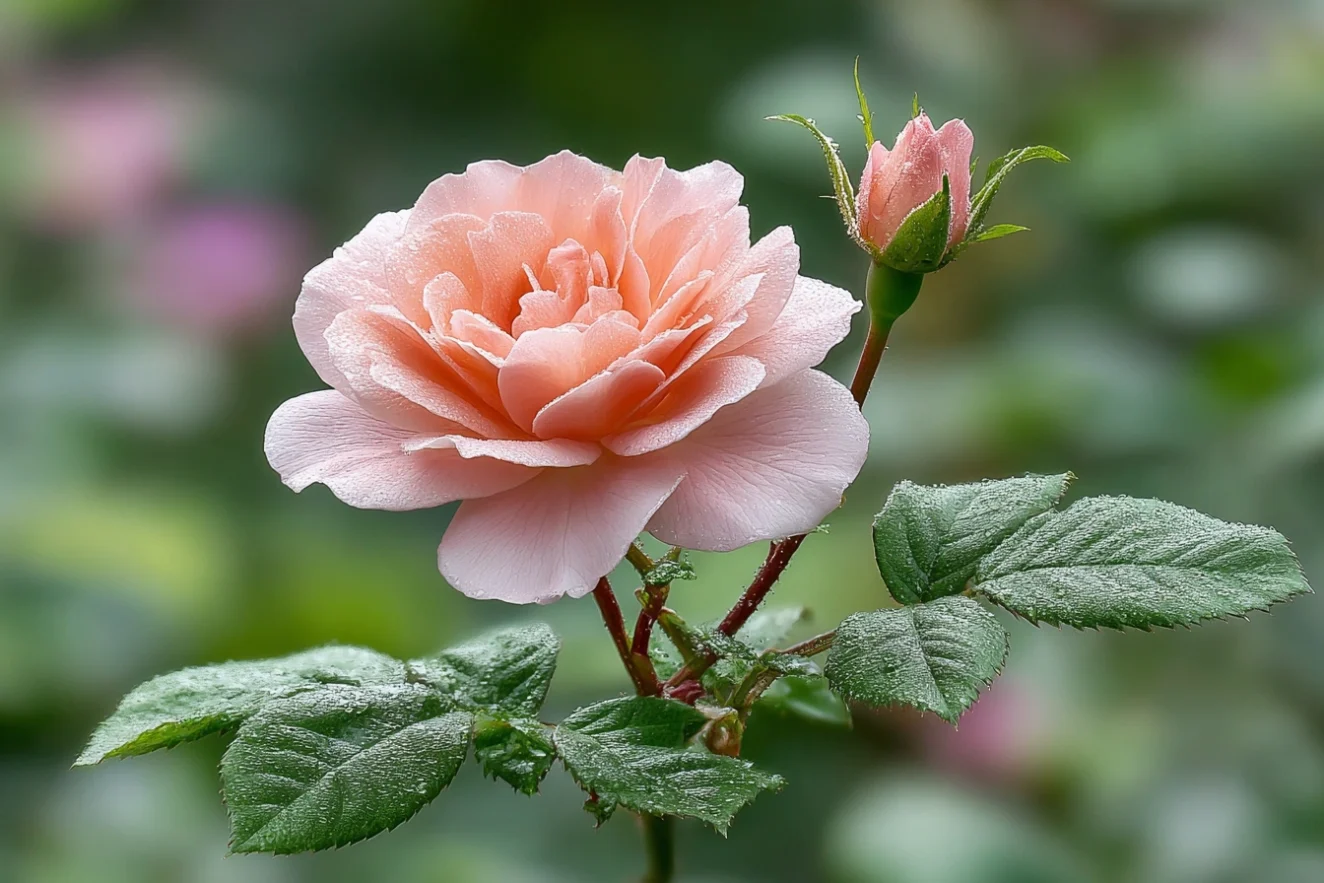
The Grandiflora rose, a hybrid of both Hybrid Tea and Floribunda roses, showcases the strengths of both varieties. These roses feature larger blooms similar to Hybrid Teas but grow in clusters like Floribundas. Grandiflora roses can reach impressive heights, making them suitable for hedges or backdrops in a garden. They exhibit a variety of colors and delightful fragrances, thriving in full sun and requiring regular fertilization to promote healthy blooms throughout the season.
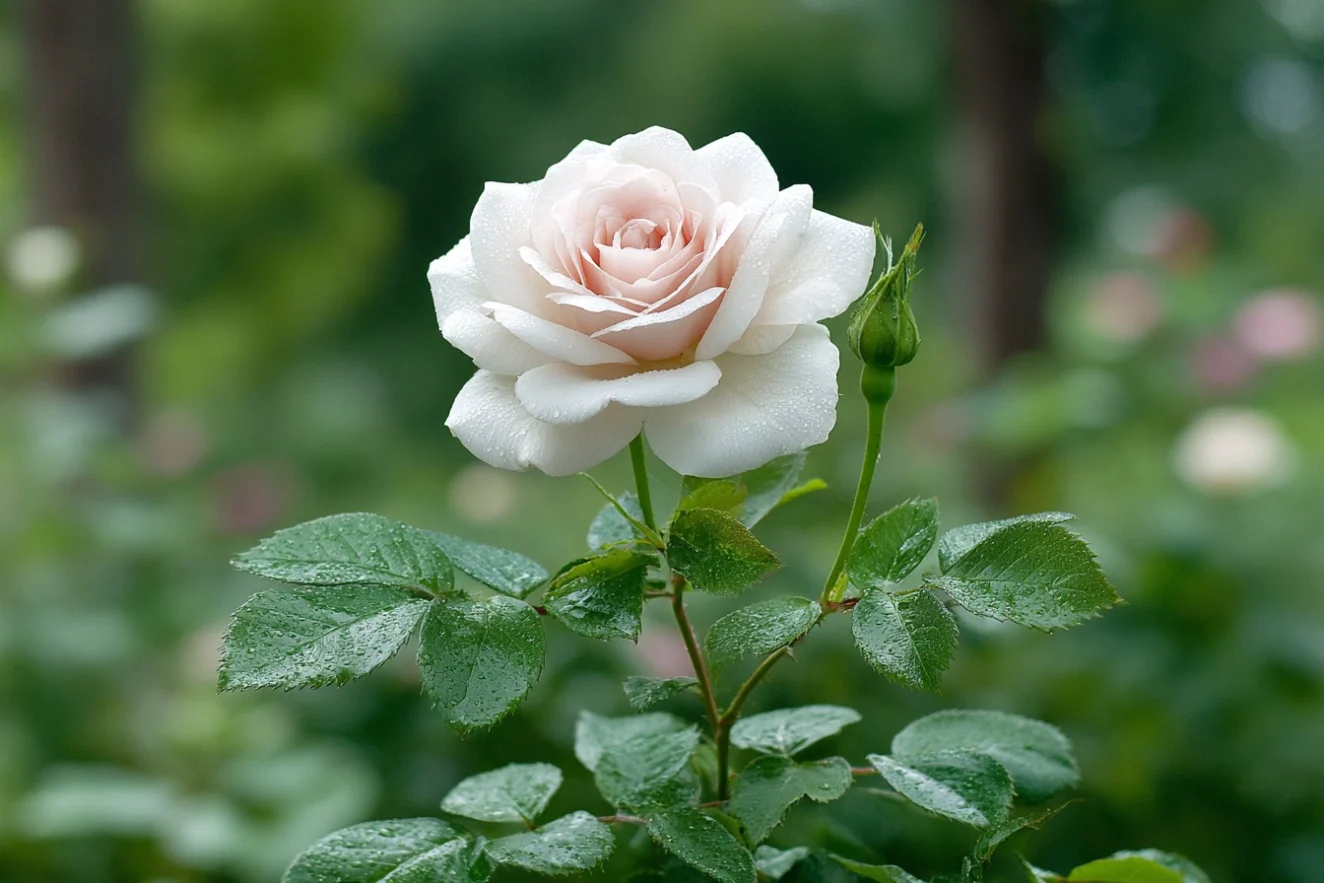
Lesser-known but equally captivating are the Climbing roses, which elegantly ascend trellises and arbors. These varieties are cherished for their ability to create stunning vertical displays and provide shade. Available in numerous types, such as Old Garden roses and newer cultivars, Climbing roses need strong support and benefit from regular pruning to maintain shape and promote flowering. Each type of rose contributes uniquely to gardening, offering beauty and fragrance that can enhance any landscape.
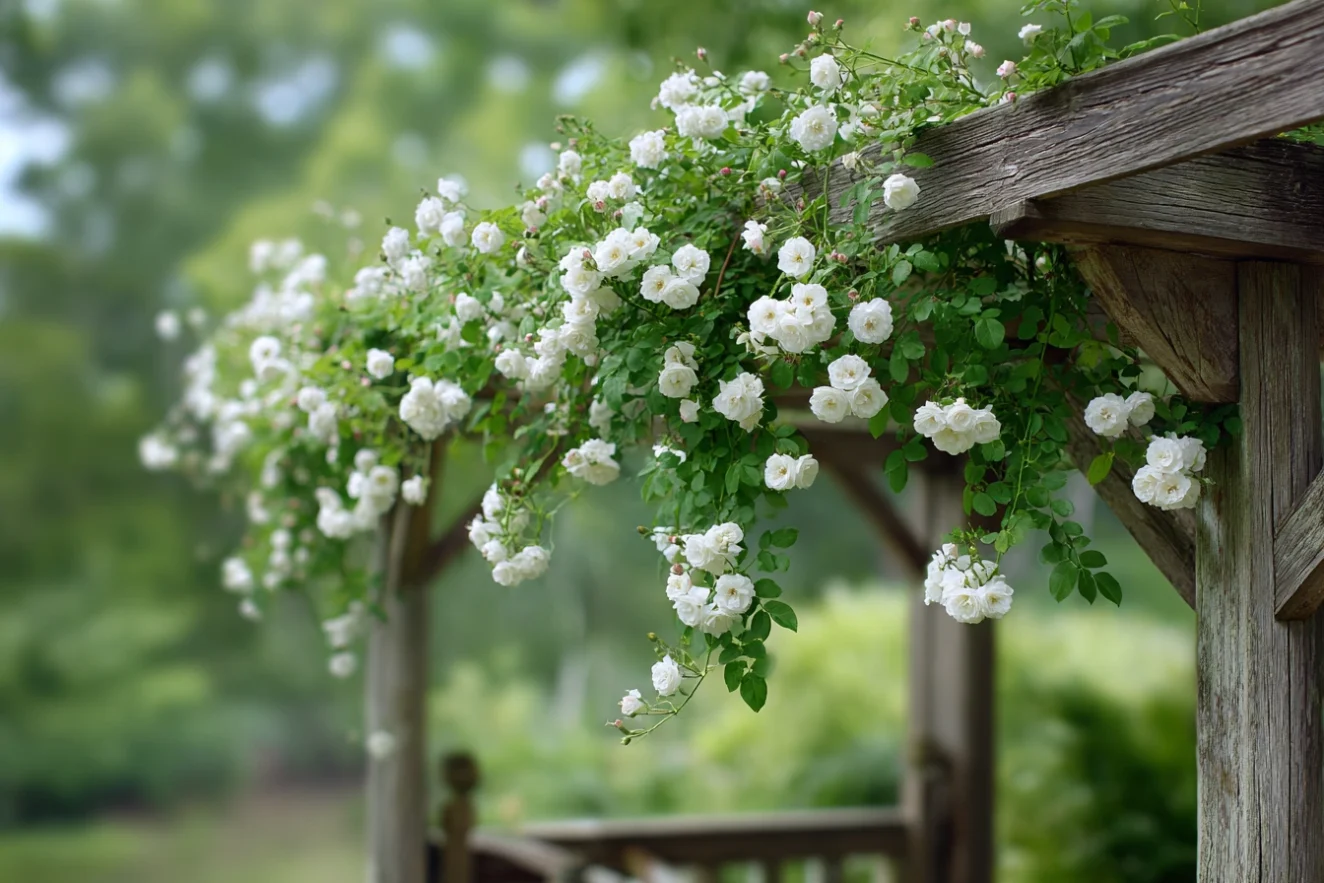
When it comes to selecting the perfect rose for your garden, various factors must be considered to ensure the successful cultivation of these exquisite blooms. Initially, climate plays a significant role. Different rose varieties thrive in specific temperature ranges and climatic conditions. For instance, hybrid tea roses often favor warmer climates, while some climbing roses are more resilient to cooler weather. Before making a selection, it’s advisable to research the climate zone of your location to identify which types of roses are best suited for growth.
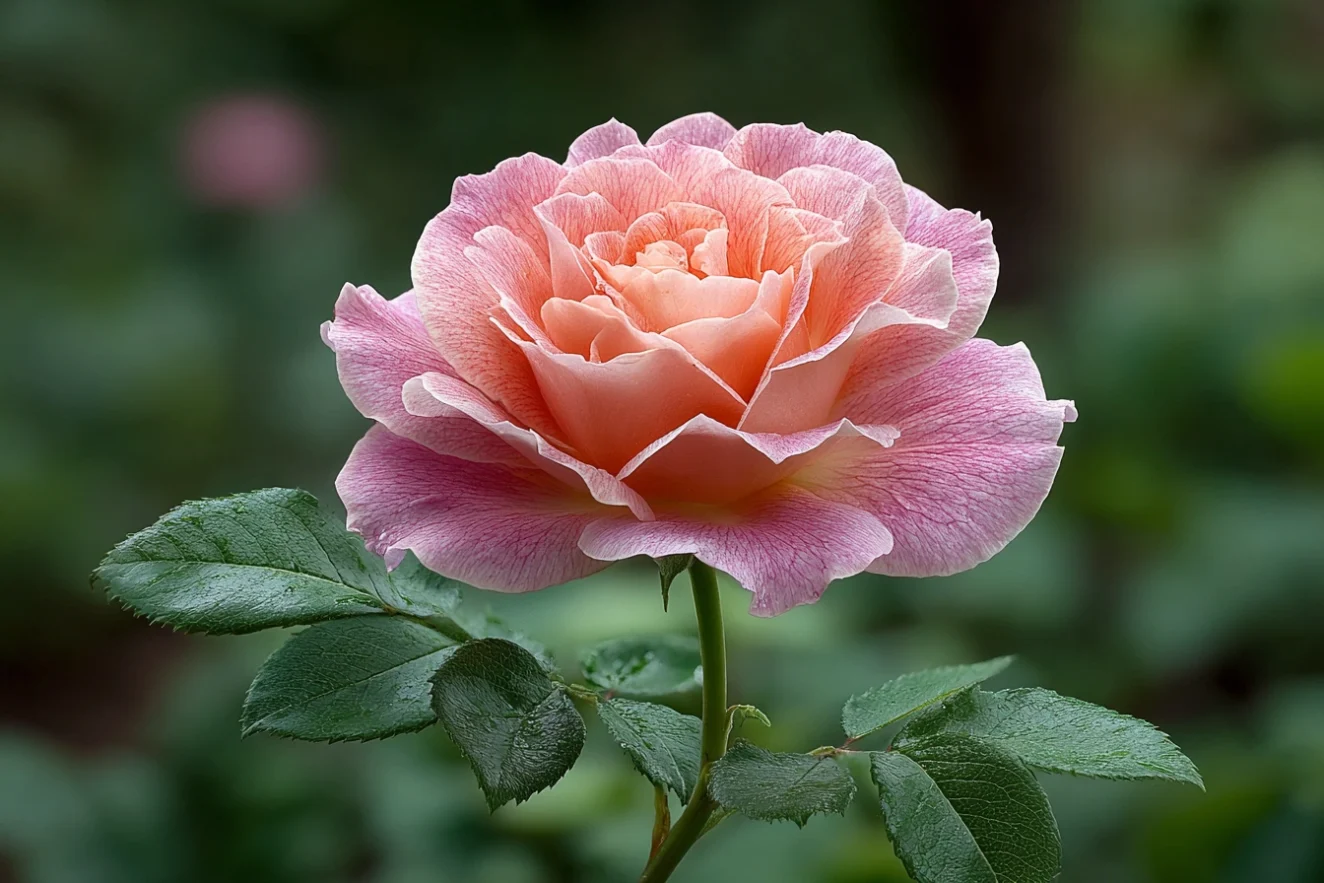
Another essential factor to consider is the amount of sunlight your garden receives daily. Most roses require at least six hours of direct sunlight each day to flourish. Certain varieties, such as floribunda roses, tend to be more forgiving in partial shade, making them an ideal choice for gardens that do not receive full sun exposure. It is important to assess the light conditions of your garden and choose varieties that align with them for optimal growth.
Space and soil composition also play pivotal roles in the selection process. If gardening in a limited area, compact rose types, like miniatures or ground covers, are excellent choices, as they do not require extensive room to grow. Conversely, if ample space is available, large blooming varieties, such as grandifloras, can create a striking visual display. Evaluating soil health is equally important. Roses prefer well-drained, nutrient-rich soil, so conducting a soil test might be beneficial to determine the necessary amendments for enhancing soil quality.
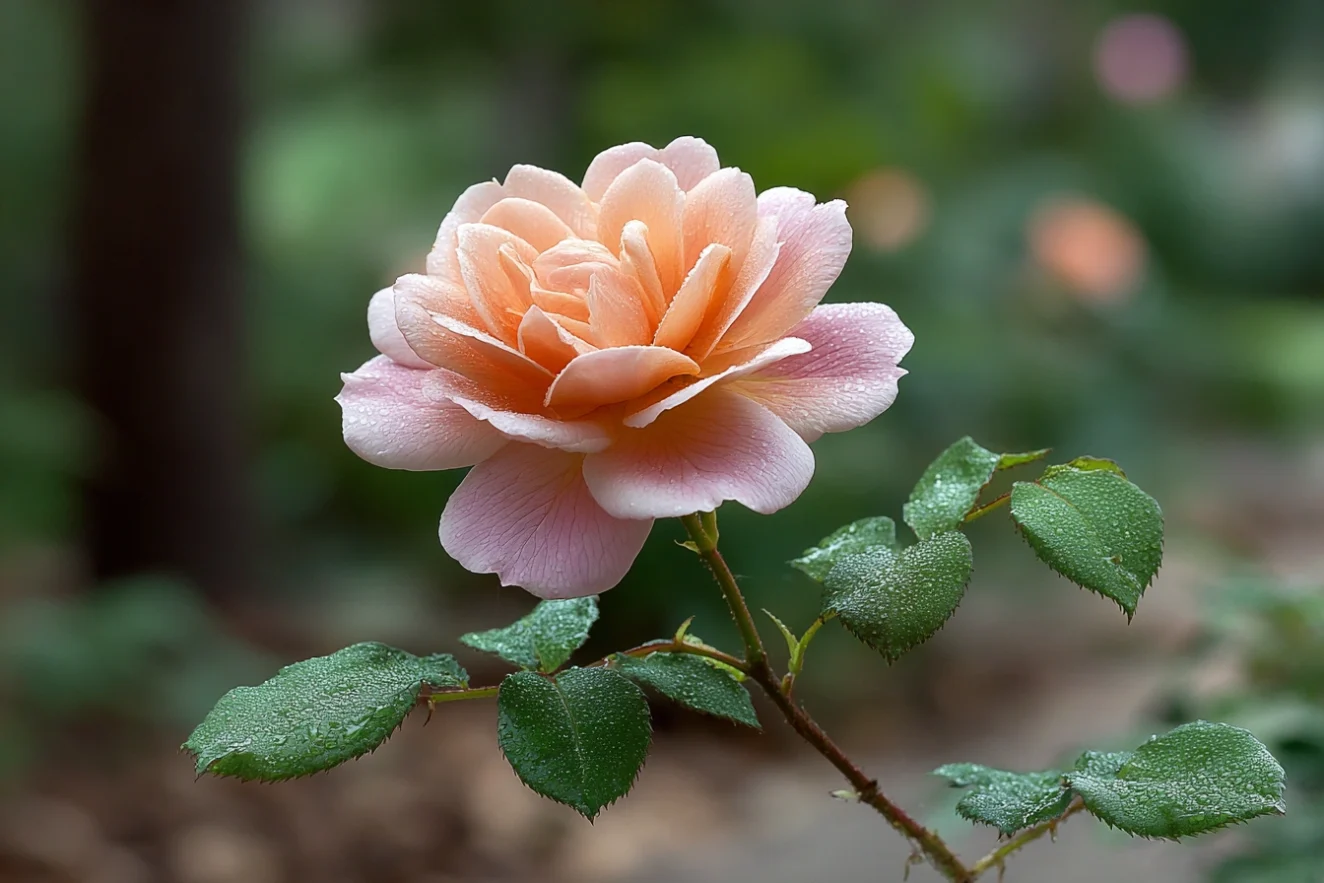
Lastly, personal preference should not be overlooked. Roses come in an array of colors, forms, and fragrances, allowing gardeners to select varieties that resonate with their aesthetic tastes. By understanding the specific needs of different rose types, gardeners can successfully match their conditions and preferences with suitable rose varieties, ultimately leading to a flourishing garden filled with vibrant blooms.
Caring for roses requires attention to detail and an understanding of their specific needs to ensure they thrive in a garden setting. One fundamental aspect of rose care is pruning. It is essential to prune roses regularly, ideally during late winter or early spring before new growth begins. This practice helps remove dead or diseased wood and encourages healthy growth. When pruning, aim to make clean cuts at a 45-degree angle just above a budding leaf, promoting a shape that allows sunlight and air circulation.
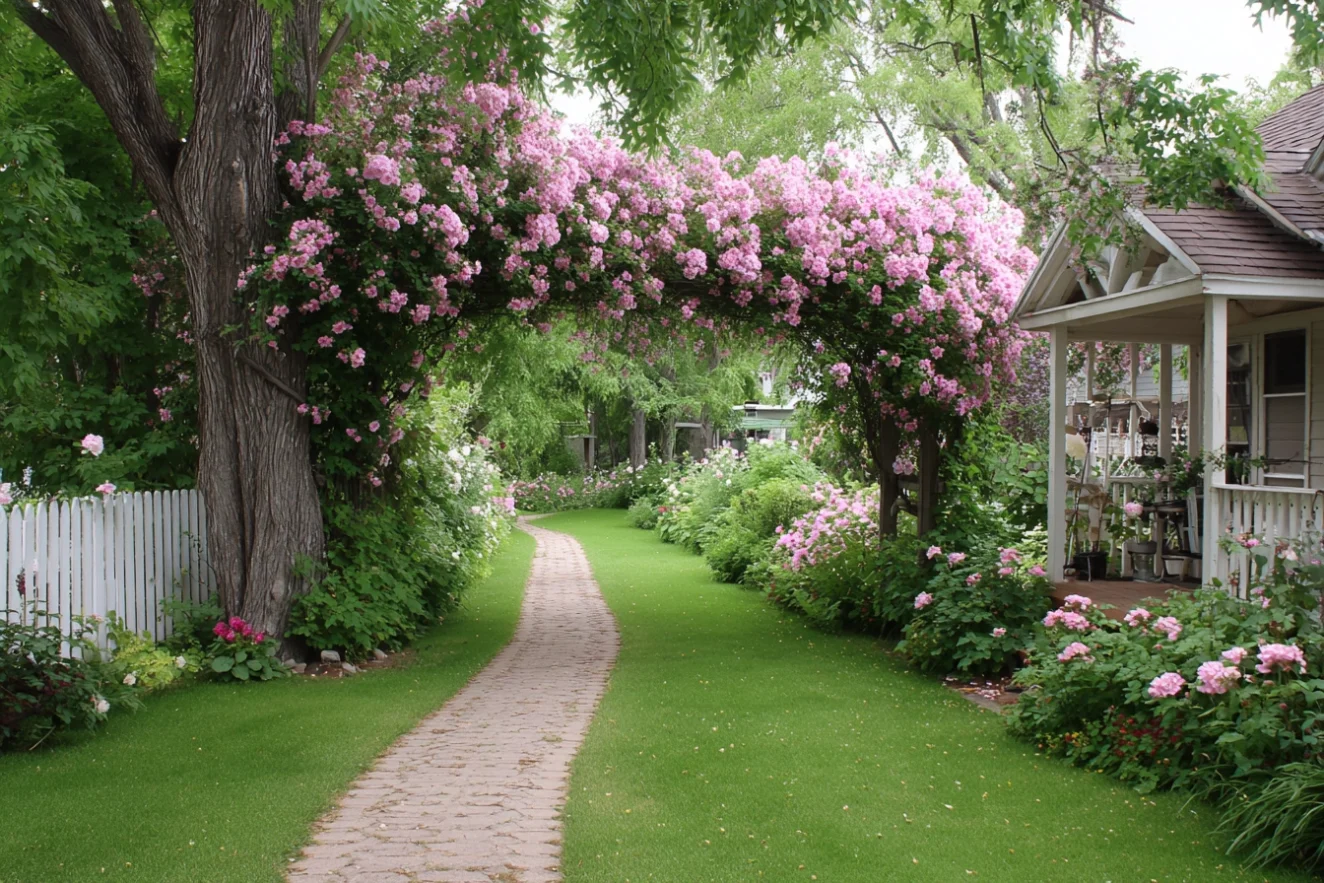
Another critical component of rose care is proper watering. Roses require consistent moisture, especially during dry spells. Ideally, roses should be watered deeply once or twice a week, depending on the climate. It is advisable to water in the early morning to reduce evaporation and prevent fungal diseases. Additionally, mulching around the base of the plants can help retain soil moisture while suppressing weeds.
Fertilizing roses is also vital for promoting lush blooms and healthy foliage. A balanced fertilizer, specifically formulated for roses, should be applied in early spring when the plants start to leaf out. Follow the manufacturer’s instructions for the best results, and consider using organic options to maintain soil health. Furthermore, incorporating compost into the soil can provide essential nutrients over time while improving soil structure.
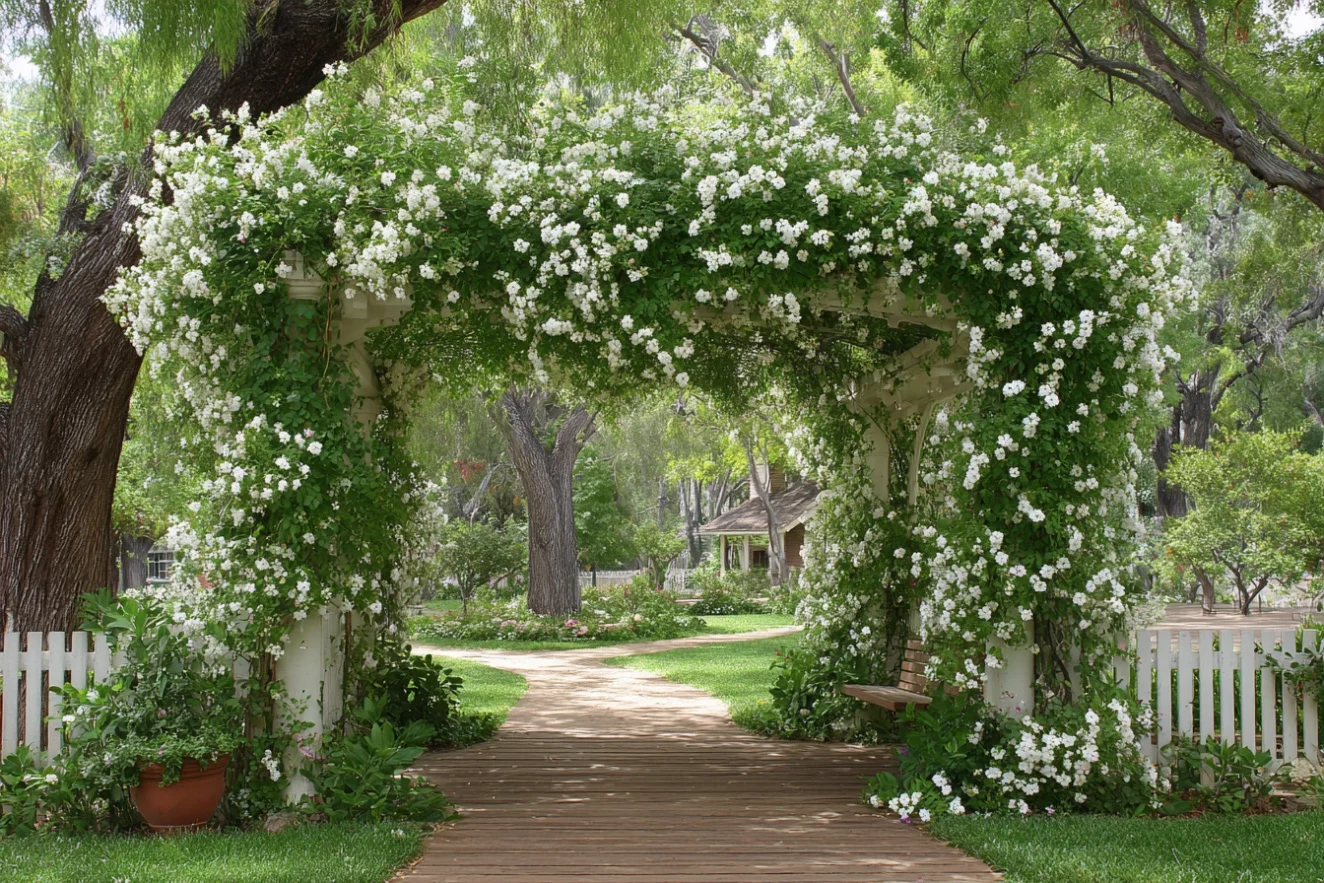
Pest management is crucial in maintaining healthy roses. Regular inspection of plants helps detect signs of pests such as aphids or spider mites early on. Using insecticidal soap or neem oil can effectively manage these pests without harming beneficial insects. Additionally, introducing predatory insects, like ladybugs, can provide natural pest control. Seasonal care practices, such as deadheading spent blooms and removing fallen leaves, can further protect roses from disease and promote continuous flowering.
By implementing these tips and techniques, gardeners can cultivate a vibrant and healthy rose garden, ensuring that their plants flourish throughout the year. Whether novice or experienced, these foundational practices will support the growth of beautiful roses in any outdoor space.